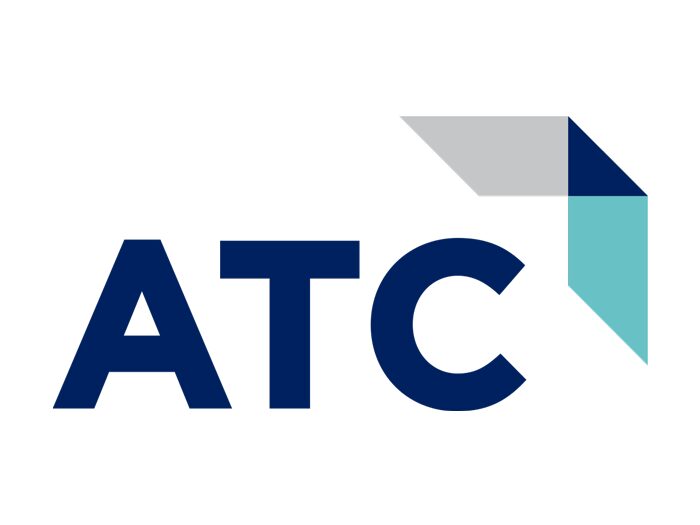
In the age of digital transformation, it’s almost impossible to find an organization that doesn’t rely at least partially on cloud services. Due to their scalable nature, cloud solutions provide the flexibility required to optimize your workloads through public, private, hybrid and multi-cloud options. According to recent cloud computing trends, as much as 80 percent of organizations are predicted to migrate toward the cloud by 2025.
Cloud services require an application-by-application analysis to determine where specific workloads fit best. Some apps are better housed in the private cloud, some the public, and some are just dandy on-premise. Choosing the right cloud infrastructure for your business is a very important decision. Every company needs a safe and secure storage space where data and business-critical applications can be easily accessed and operational costs are kept to a minimum.
Business-Critical Apps in the Cloud
Migrating your data from traditional IT infrastructure to cloud-based platforms strikes a delicate balance between the types of applications being migrated and where they should reside. Business-critical applications are those that are essential for business continuity. If a business-critical app fails or is interrupted, normal operations of the organization cannot proceed as usual. This can lead to short- and long-term financial losses, decreased productivity, loss of brand authority and loss of trust among consumers. When choosing the best cloud solution for your business-critical applications, an experienced technology consultant is highly recommended to ensure the job is done accurately and in accordance with the needs of your organization.
Essential to business continuity, business-critical applications are the digital heartbeats of organizations. To keep your business from going into cardiac arrest and suffering fatal implications long-term, it’s important to protect your business from existential threats and keep data from being compromised. Even the smallest disruption to an application could severely impact daily operations and lead to significant financial losses, productivity deficiencies and cause unprecedented damage to the trustworthiness of your brand. That’s why it’s important to know and have a solid understanding of the right type of cloud solution to house your apps and workloads.
Different Types of Cloud Solutions and How to Choose
Cloud migration is becoming an increasingly popular way to boost business performance. Digital transformation and enhanced technological development give your business incredible growth opportunities. But how do you avoid getting lost in the process of digital growth? Mistakes can be costly and potentially jeopardize the security integrity of your business-critical applications. That’s why it’s important to know the different types of cloud solutions so you can choose what’s right for your organization.
Public Cloud
Public cloud offers a multi-tenant environment that provides clients with a pay-as-you-go model, ideal for unpredictable traffic. The public cloud provides the flexibility to scale and add capacity as your applications and demands grow. Cloud resources such as business-critical applications and infrastructure are delivered to an organization or a group of organizations over the internet by a third-party vendor.
The cloud provider will be the sole manager of its hardware, software and all supporting infrastructure. This ownership by an outside provider also means that all the infrastructure is located outside of the client’s premises and control. However, If your business needs change, you can add or remove capacity very easily by requesting changes from the cloud service provider, who reserves additional resources to adapt to changing demands.
Pros of using public cloud:
- Low cost
- Scalability
- Flexibility
Cons of using public cloud:
- Higher security risks
- Data privacy vulnerabilities
- Lack of customization
Public cloud may be more suitable for small to medium businesses (SMBs) with dynamic business growth and a limited budget.
Private Cloud
In a private cloud deployment, the cloud computing resources and supporting infrastructure are dedicated solely to a specific organization or enterprise. The private cloud can be hosted internally at your organization’s onsite data center or it can be hosted externally by a third-party vendor. But the services and infrastructure are always maintained on a private network, which is guarded by advanced firewalls under the surveillance of the IT department that belongs to a particular business.
Pros of using private cloud:
- Greater control over data
- Outside interference (cyber hacks) are kept to a minimum
- Security, privacy and reliability
Cons of using private cloud:
- Cost prohibitive
- High maintenance
Private cloud is typically favored by large-scale organizations that want to deploy mission-critical applications or handle high volumes of confidential data and comply with strict data regulations, such as those in the healthcare, banking or legal industries. It is ideal for businesses that require a completely customizable cloud solution.
Hybrid Cloud
A global CISCO report indicates that 82 percent of businesses have adopted hybrid cloud. Hybrid cloud allows for greater flexibility and scale by combining public cloud and private cloud and single-tenant environments. With this particular cloud solution, you can connect dedicated environments to the public and private clouds of your choice. This option allows you to be choosy with where you store different types of applications and workloads. For example, you may want to host your business-critical applications in a private cloud environment and store generic data and power-intensive applications in a public cloud.
Pros of using hybrid cloud:
- Flexibility
- Cost effectiveness
- Scalability
- Resiliency and interoperability
Cons of using hybrid cloud:
- Intensive setup
- High maintenance
This approach is ideal for mid-market businesses that require niche services or want sensitive information to reside on-premise, while also leveraging the power of public cloud solutions to reduce the burden on existing IT infrastructure.
Multi-Cloud
Multi-cloud integration delivers a multi-faceted and infinitely scalable networking solution that supports new business models and methodologies. A multi-cloud strategy helps you select different cloud services from different providers because some provide better capabilities for certain tasks than others. You can choose providers for specific services based on which provider is offering the best capabilities and lowest price.
Having multi-cloud environments provides the capability to distribute your workloads selectively between various computing infrastructures, resulting in various competitive advantages.
Pros of using multi-cloud:
- Business continuity planning
- Cost savings
- Increased efficiency
- Disaster and recovery
Cons of using multi-cloud:
- Contingent upon specific business goals
Overall, selecting the right cloud deployment model is an important business decision that can make or break the performance of your business-critical applications. There are a wide variety of options available to meet just about any use case, but it really boils down to understanding your unique business needs and balancing these against your budget and growth objectives.
Make the Cloud Work for You
ATC works with the leading cloud service providers to get your applications up and running faster, with improved manageability and less maintenance, enabling IT to be more agile and scalable. There are many types of cloud and we’ll help you find what’s right for you. Schedule a call and let ATC help you migrate to the cloud for faster, better results.










